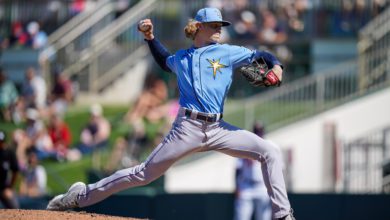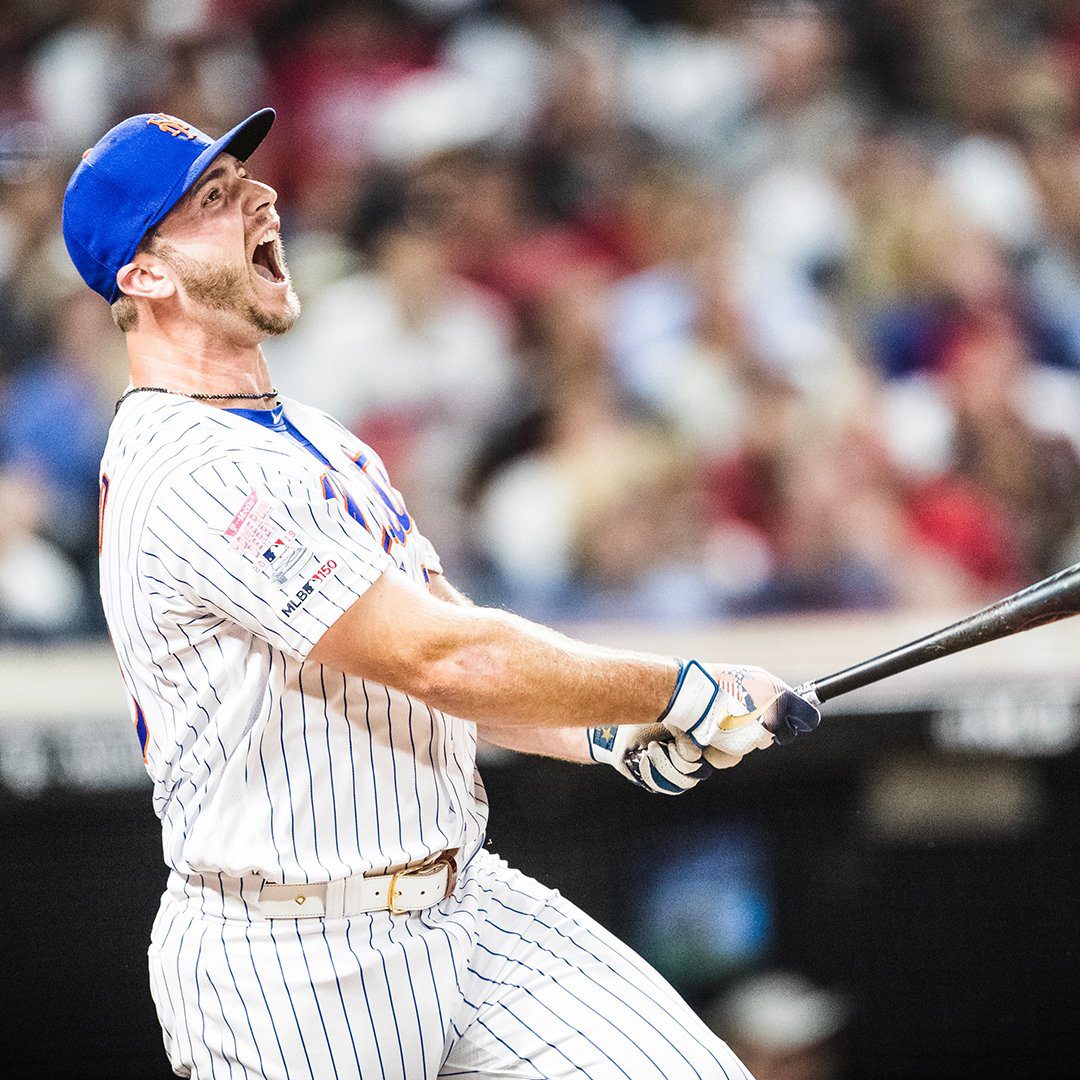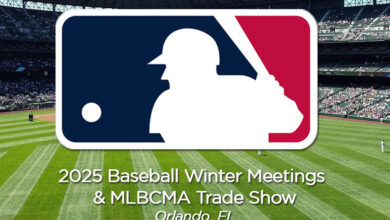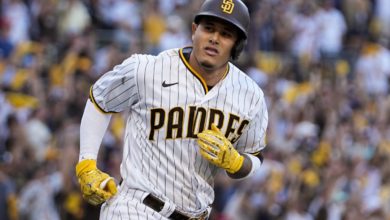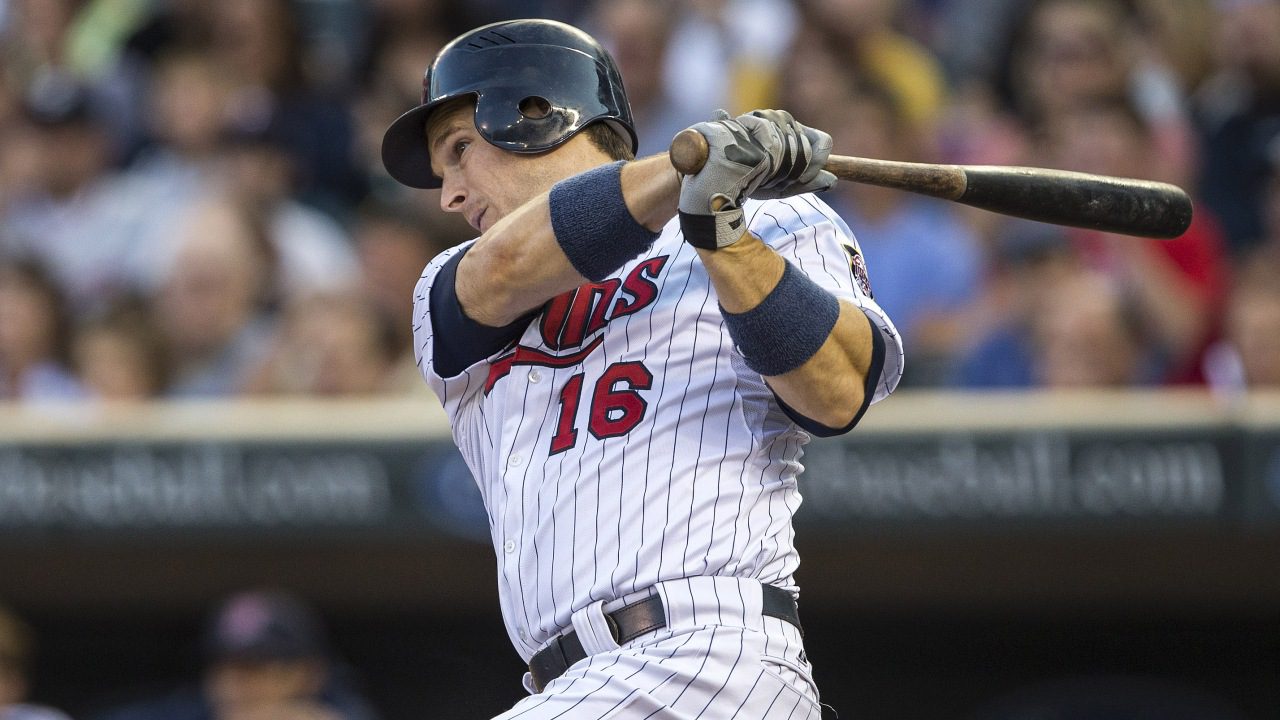
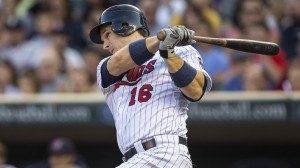
After every draft fantasy, owners are filled optimism and believe all of their players will meet, if not, exceed their expectations. That feeling starts to quickly dissipate during the first 1-for-20 streak. The players listed below have started the season extremely slow. All are bound to improve, but will they rebound to the level their fantasy owners expected when they drafted them? It’s buy or sell. If you’re looking for write-ups on Ike Davis, Eric Hosmer or Rickie Weeks go here, here, and here.
All stats are through May 19.
Josh Willingham: Buy
|
YEAR |
PA |
R |
HR |
RBI |
SB |
AVG |
OBP |
SLG |
BABIP |
|
2013 |
153 |
17 |
5 |
18 |
1 |
.197 |
.359 |
.393 |
.253 |
|
2012 |
615 |
85 |
35 |
110 |
3 |
.260 |
.366 |
.524 |
.287 |
|
2011 |
563 |
69 |
29 |
98 |
4 |
.246 |
.332 |
.477 |
.287 |
Josh Willingham’s biggest fantasy asset is his power. For the past two seasons Josh Willingham has been a 30-home-run threat, but he’s only on pace to hit 20. I’m not worried. He’s hitting the same percentage of ground balls and fly balls as last year1 with the only difference being the HR/FB rate (12.5 percent) is the lowest it’s been since 2010. His strikeout rate is a career best (27.5 percent), but it’s only one percentage point higher than his 2011 season. Another great indicator is the career-best walk rate (16.3 percent). His contact rates are two percent lower this year, but that’s due to his reluctance to swing at pitches in the middle of the zone. The past two seasons, he swung at those pitches 57 percent of the time compared to only 52 percent this year. If both the walk and strikeout rates continue the rest of the year, fantasy owners should expect a .230-.240 hitter instead of the .260 he posted last year. Most importantly the power should return;2 maybe not the 35 he hit last year, but 30 is definitely obtainable.
B.J. Upton: Sell
|
YEAR |
PA |
R |
HR |
RBI |
SB |
AVG |
OBP |
SLG |
BABIP |
|
2013 |
157 |
11 |
3 |
6 |
3 |
.145 |
.237 |
.239 |
.205 |
|
2012 |
633 |
79 |
28 |
78 |
31 |
.246 |
.298 |
.454 |
.294 |
|
2011 |
640 |
82 |
23 |
81 |
36 |
.243 |
.331 |
.429 |
.298 |
Could Upton have a worse start for his new team than he has so far this season? Even though his batting average is below my weight, the one aspect of his game fantasy owners expected to be slump-proof was his stolen bases, but he’s only on pace for 11. That’s not a misprint. Only 11 steals! It’s reasonable to expect his steals to increase as he gets on base on more. It’s easy to see his BABIP, which is nearly 100 points lower than it was the past two seasons, and assume it should regress back to his statistical mean. However, I find it unlikely he’ll improve. His ground ball rate, 48.8 percent, has increased 21 percent from last year while his strikeout rate (33.8 percent) has increased nearly 27 percent. After watching some of his recent at-bats, I don’t think he has the look of a player who’s running into bad luck. Instead, he looks completely lost at the plate. With an ADP of 40 (in NFBC) you can’t drop him, but you should definitely bench him. If you can get 70 cents on the dollar, you should trade him. But even then, I would be hesitant because his skill set is so good. If you can acquire him on the cheap, you should, because acquiring players like Upton will win you leagues.
Ryan Vogelsong: Buy
|
YEAR |
K |
BB |
ERA |
WHIP |
K% |
BB% |
LOB% |
HR/FB |
BABIP |
|
2013 |
38 |
61 |
8.06 |
1.84 |
19.1% |
8.5% |
55.0% |
21.6% |
.369 |
|
2012 |
158 |
62 |
3.37 |
1.23 |
20.1% |
7.9% |
76.0% |
8.2% |
.284 |
|
2011 |
139 |
17 |
2.71 |
1.25 |
18.5% |
8.1% |
80.4% |
8.2% |
.280 |
If you read my fantasy guide you would know I saw a regression coming for Vogelsong. But I would be lying if I thought he would be this bad. All the luck-based metrics LOB%, HR/FB and BABIP all suggest he’s been extremely unlucky to begin the year. Right now, a large portion of the fantasy community is ready to give up on him. But like with most board games, Caylus for example, in order to win, you have to zig when your opponents zag. The velocity of his fastball is down nearly two mph compared to two years ago, which is certainly not a good thing, but it’s not the end of the world. Felix Hernandez’s velocity has been in decline since 2007, and he’s still an elite pitcher. Vogelsong’s biggest problem has been the command of three pitches: fastball, changeup and curveball. Before this year, he threw the fastball up in the zone 33-35 percent of the time. This year it’s 39.4 percent. So, he’s throwing the ball slower at a location where hitters make a lot of hard contact; that sir, is a recipe for disaster. For statistical evidence, hitters are hitting .323 against the fastball compared to only .246 a year ago. He’s missing up a lot more with the changeup and curveball too, which makes the pitches less effective because those pitches are supposed to be thrown down and away from the hitter.3 The days of Vogelsong of being a sub-3.50 ERA pitcher are gone, but he pitches in one of the best pitcher’s parks in majors, and most importantly, the Giants do not have any high-ceiling prospects who are almost major-league ready4. What he can be is a 4.00 ERA streamable pitcher who will have a lot of favorable matchups pitching in the worst division in baseball, the NL West.
Justin Smoak: Sell
|
YEAR |
PA |
R |
HR |
RBI |
SB |
AVG |
OBP |
SLG |
BABIP |
|
2013 |
159 |
14 |
2 |
7 |
0 |
.254 |
.371 |
.351 |
.330 |
|
2012 |
535 |
49 |
19 |
51 |
1 |
.217 |
.290 |
.364 |
.242 |
|
2011 |
489 |
38 |
15 |
55 |
0 |
.234 |
.323 |
.396 |
.273 |
I know what you’re thinking: Smoak doesn’t belong on this list. But I’ve received questions about him from my readers. Yes, Smoak is actually hitting .254, but there are a lot of signs suggesting this isn’t sustainable. Let’s start with the encouraging part first. He’s walking a career best 15.5 percent of the time, which indicates increased patience at the plate. Also, it looks as though the Mariners are prepared to give him everyday at-bats the rest of the year. An extremely large reason why Smoak hasn’t’ reached his potential is his inability to hit against off-speed pitches down and out of the zone. This year his struggles have continued (table below) against sliders, change-ups and curveballs.
Smoak can’t hit them because he doesn’t pick up (recognize) the ball coming out the pitchers hand, and if he can’t see the ball, he’s not going to be able to hit it. Until I see a dramatic improvement on these pitches, I’m not going to believe he’s turned the corner.
1. Fly-ball and line-drive rates vary by provider because they’re classified differently by the person/entity doing the classifying. When evaluating these rates, I summarize fly ball and line drive and make comparisons that way.
2. I picked up Willingham with a $111 FAAB bid in NFBC on Sunday and the first thing he does for my team is hit a home run!
3. Or the barrel of the bat.
4. It’s too bad they don’t have Zack Wheeler in their system.



